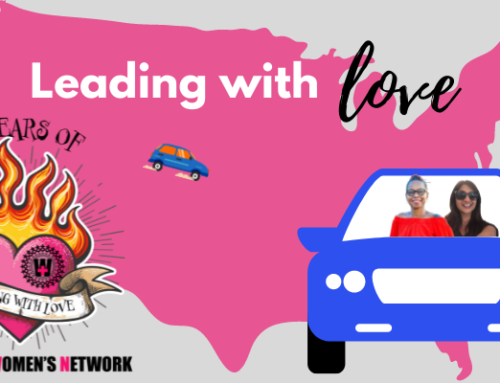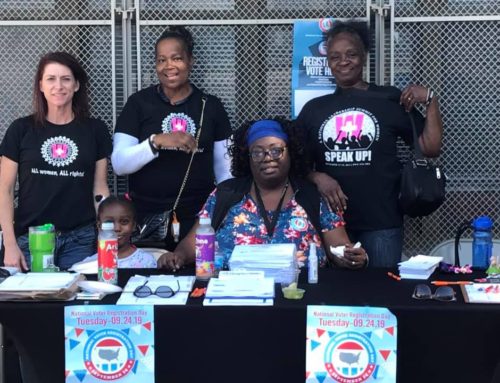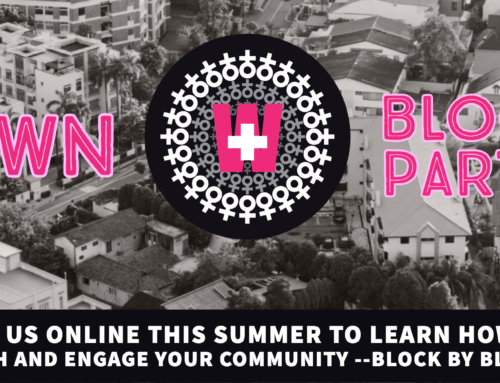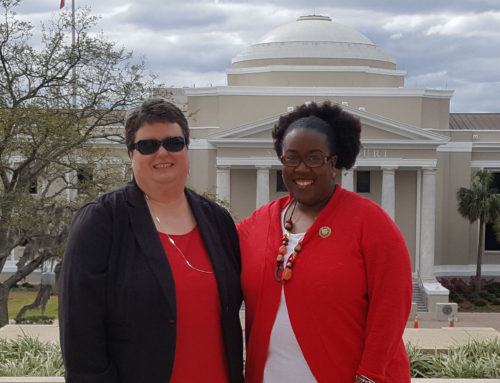By Naina Khanna – Community Organizing is a long-term approach to achieving social change through collective action by changing the balance of power. In the process, the people most affected by an issue are supported to identify a problem and take action to achieve solutions. Let’s walk through an example.
You have recently seen that Sunshine Hospital, the main provider of HIV care to uninsured patients in your county, is taking longer to schedule appointments and return phone calls. Because of this, patients are not getting the care they need and may stop seeing their provider.
Step 1. Form a core group of people affected by the issue. For example, recruit people you have heard complain and ask them to bring others.
Step 2. Identify and agree upon an issue. An issue is a full or partial solution to a problem. At the first meeting, have people share information about what is happening. One person in the meeting shares that her friend on the hospital’s advisory board mentioned 4 social worker positions have been cut.
Some criteria for choosing your issue. The issue should:
* Be widely and deeply felt: that is, felt by many people in your constituency, and be a “gut” issue – something that people know in both their heads and hearts is wrong. You want to move people to action.
* Be easy to understand – it should make sense!
* Have a clear target and timeframe
* Set you up for the next campaign – you want to come out of this with more power, people, allies… and maybe even more money to organize in the future!
The group decides in this case that the staffing cut is an issue because 1 social worker cannot serve 200 HIV+ patients.
Stay tuned for Community Organizing 101: How to Run a Meeting continued in the next issue of our newsletter.






